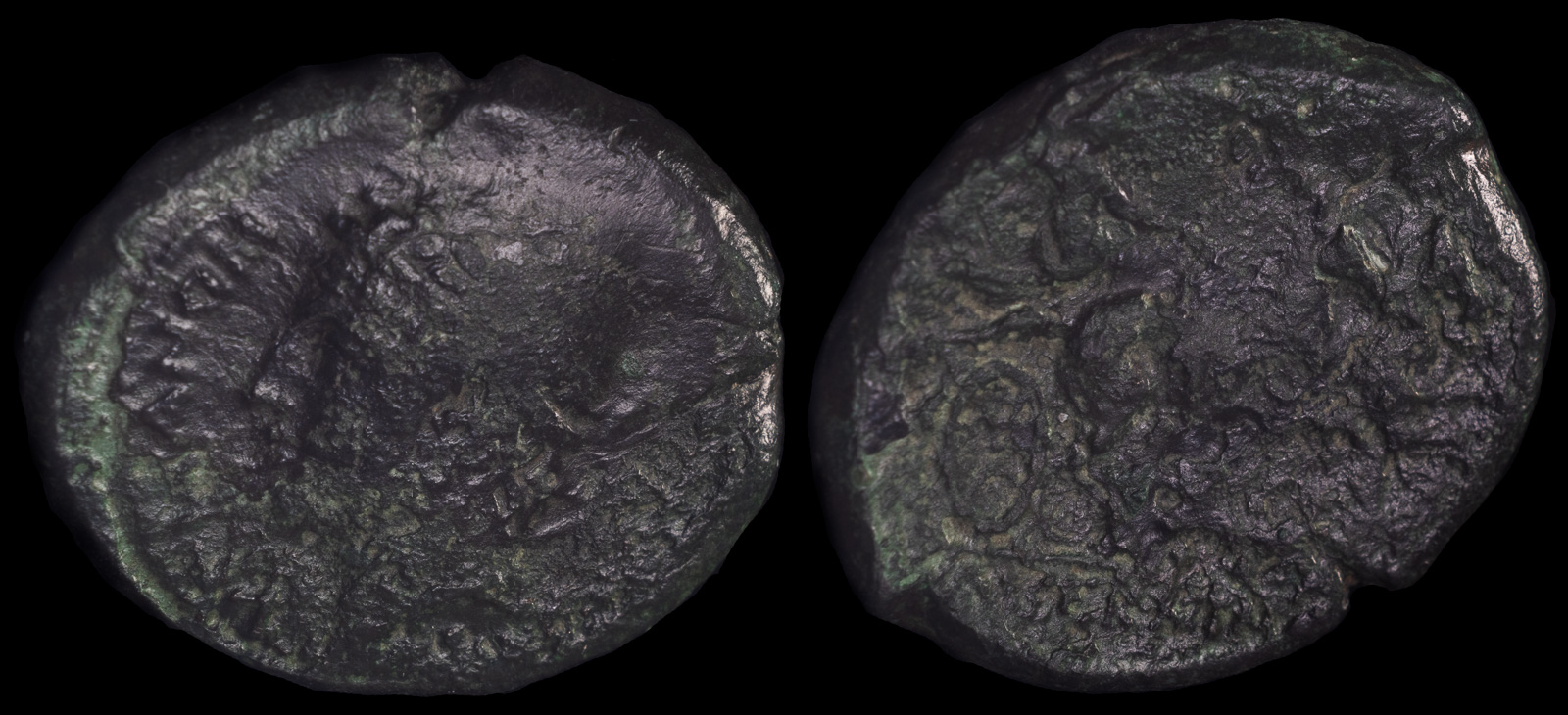Vulcan
View All Tags
Vulcan’s role in Roman religion was crucial, especially in the context of Rome’s military and technological prowess. As the god of weapons and the forge, he was closely linked to the production of armor and weapons, which were essential for the Roman legions’ dominance. Vulcan was often invoked before battles or during the preparation of weapons for warfare, and his blessings were sought for the creation of tools that could aid in both war and peace. Additionally, Vulcan was regarded as the patron of blacksmiths and artisans, and his influence extended to the protection of workers who worked with metals and fire.
Vulcan’s consort was Venus, the goddess of love, and they were the parents of Mulciber, who was sometimes considered the god of light and fire. Despite his association with Venus, Vulcan’s personality in Roman myths was often portrayed as somewhat isolated and gruff. His most famous mythological tale involves his crafting of the armor for Aeneas, the hero of the Aeneid, who used Vulcan’s weapons to fight off enemies. In another myth, Vulcan was humiliated when his wife, Venus, had an affair with Mars, the god of war, which led to Vulcan capturing the lovers in a trap, showing his ability to both create and destroy, even in personal matters.
Vulcan’s primary temple in Rome was located in the Vulcanal, a small temple and shrine on the Aventine Hill, which was dedicated to the god to ensure the protection of the city from fire and disaster. The Vulcanalia, held annually on August 23rd, was a festival in his honor, during which offerings were made to appease him, particularly to protect the crops from fire and to ward off destructive flames. The festival underscored his dual role as a protector and destroyer, emphasizing the power of fire in both creation and destruction, and was an important part of the Roman religious calendar.

Samnium, Aesernia
Circa 263-240 BCE
Æ 7.22g, 22mm, 8h.
Head of Vulcan to left, wearing laureate pilos; tongs to right, [VOLC]ANOM before /
Zeus in biga galloping to right and brandishing thunderbolt; AISERNINO in exergue.
HN Italy 430; HGC 1, 337.
Ex Mike Ballerini Collection